Innovation in thinking, opening up development space for Western Nghe An
Comrade Le Minh Hoan - Member of the Party Central Committee, Vice Chairman of the National Assembly is known as a politician with progressive views and innovative thinking in the field of agriculture and rural development, especially the philosophy of community-based development and valuing the role of people.
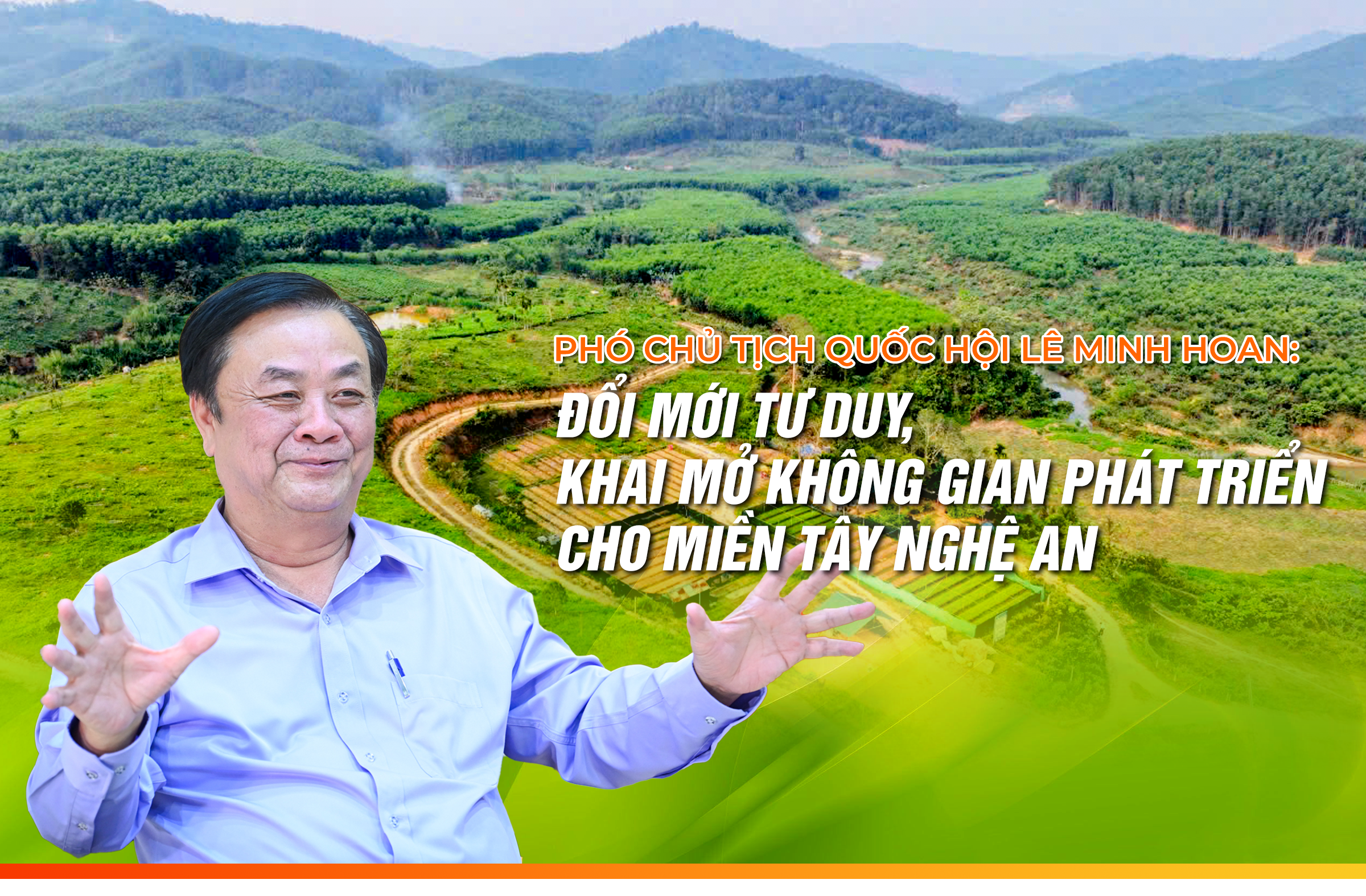
Comrade Le Minh Hoan - Member of the Party Central Committee, Vice Chairman of the National Assembly is known as a politician with progressive views and innovative thinking in the field of agriculture and rural development, especially the philosophy of community-based development and valuing the role of people. On the eve of the 20th Congress of Nghe An Provincial Party Committee, term 2025 - 2030, reporters of Nghe An Newspaper, Radio and Television had an interview with him.
Ngoc Dung(Implementation) • October 1, 2025
Reporter: You have been to Western Nghe An many times and have devoted much of your heart to this land. When you directly go deep into the villages, witness the difficulties of terrain, weather and diverse culture, what makes you most concerned?
Vice Chairman of the National Assembly Le Minh Hoan:The Western region of Nghe An is the “green roof” of Nghe An province, accounting for nearly 80% of the natural area, but only about 35% of the population. This place has overlapping mountain ranges such as Pu Hoat, Pu Huong, Pu Mat, rivers such as Lam, Nam Non, Nam Mo winding through valleys, winding roads crossing communes of former districts such as Que Phong, Quy Chau, Con Cuong, Tuong Duong, Ky Son. This is also home to many ethnic groups: Thai, Mong, Kho Mu, Tho, Dan Lai, O Du… creating a rich cultural picture, but also posing the problem of multiple languages, multiple customs and spaces that are vulnerable and isolated during the rainy and stormy season.
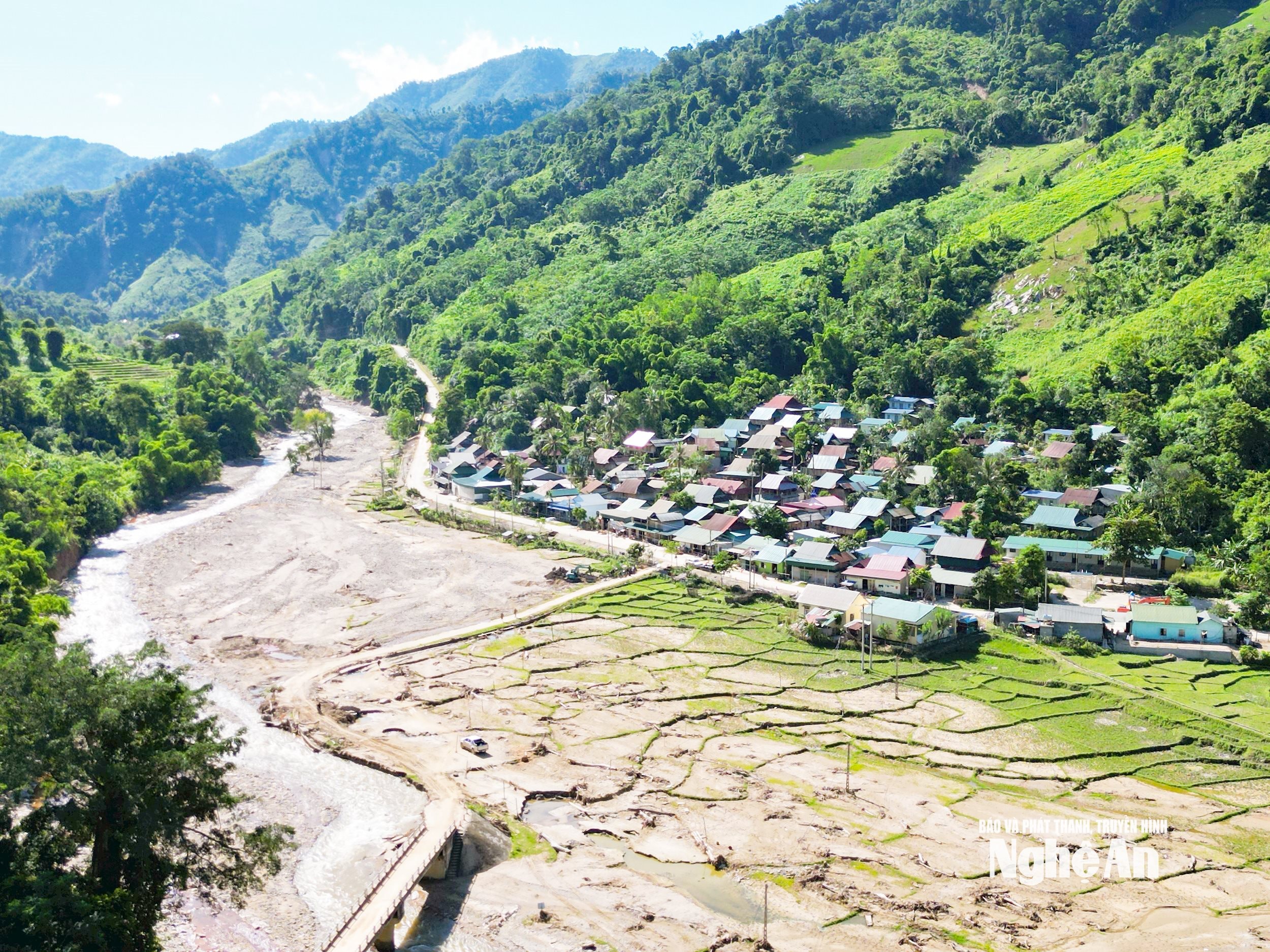
The development story in Western Nghe An is not only about socio-economics, but also about forest protection, identity preservation, and adaptation to isolated terrain and harsh weather. In the rainy season, landslides are common, in the dry season there is a lack of water, and in many places, phone signals are still unstable. In order for state policies to reach every citizen here, we not only need infrastructure, not only funding, but first of all, we need a new operating system in thinking, from officials to the community.
Reporter:You have mentioned a lot about the issue of developing multi-value agriculture, or the idea of "intellectualizing farmers". Should we raise the issue of "intellectualizing commune cadres" in special areas like Nghe An? What are the core skills that a commune cadre in a difficult area needs to have?
Vice Chairman of the National Assembly Le Minh Hoan:In many communes in the Western Nghe An region, cadres have to work in conditions far from the center, the population is scattered, many hamlets and villages are dozens of kilometers away from the commune headquarters. If they only have administrative skills, it will be "difficult" for them to absorb into life.
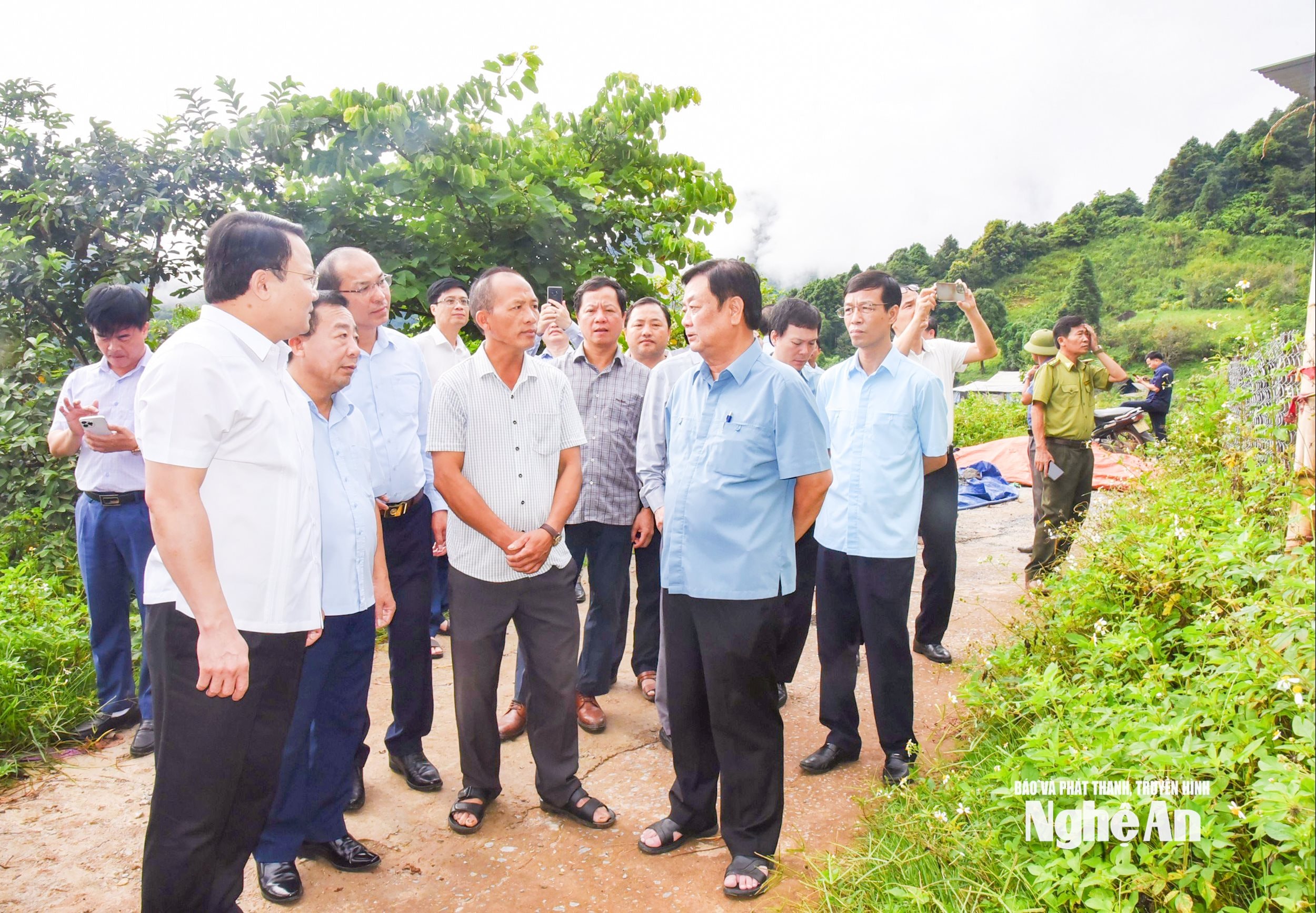
That is why I think that “intellectualizing commune cadres” is an urgent requirement. Especially in the current context. Commune cadres are no longer just “on the spot”: Many people were transferred from the province and district after implementing the “2-level local government” model; some communes merged 2-3 old communes, cadres had to get acquainted with the new area, new residential community, new cultural identity. The cadres from the province and district who previously came down to “direct” the commune have now become the direct leaders, managers, and direct planners of new development spaces.
Therefore, it is necessary to equip this team of leaders and managers not only with knowledge of administrative management, but also with local management thinking: knowing how to analyze local resources, knowing how to connect projects, knowing how to mobilize the community to participate. A commune like Chau Kim, wanting to develop community tourism, must both preserve the forest, preserve the brocade weaving profession, and learn how to welcome guests. If commune officials are not "intellectualized", they will not know where to start, and will not know who to connect with.
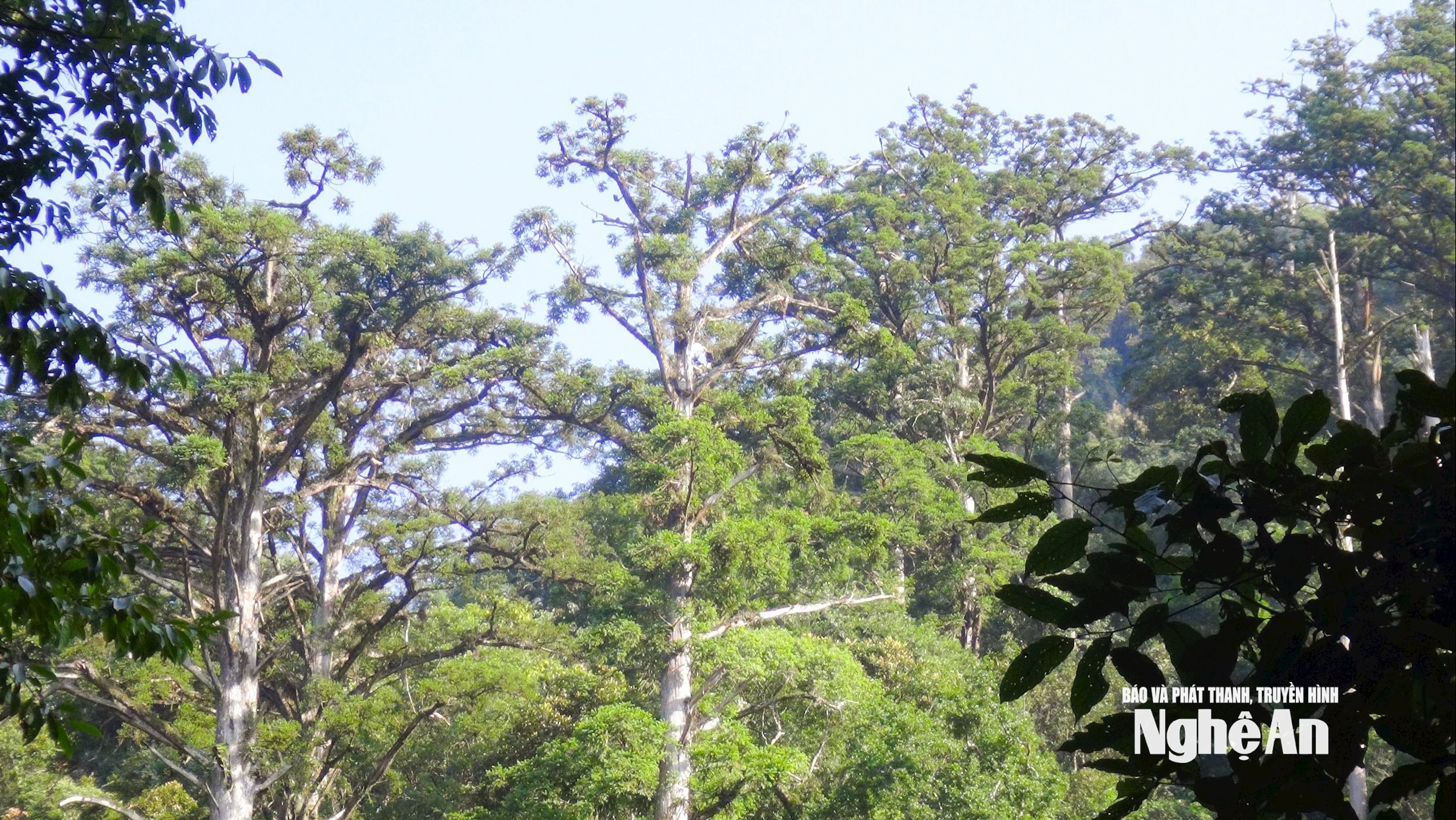
Therefore, the training program for commune officials needs to be personalized and linked to local maps:
In mountainous areas such as communes in Ky Son district (old), it is necessary to learn skills in forest land management, coordinate with Border Guards, reduce child marriage, and combat human trafficking.
In hydroelectric reservoir areas such as Ban Ve, Khe Bo, Hua Na, it is necessary to learn about livelihood conversion, aquaculture, and drowning prevention.
In communes with cultural heritage that can develop ecotourism, it is necessary to learn how to combine conservation with ecotourism and service style.
It is important that the province designs a training program for commune-level officials in a "tailor-made" way, personalizing learners, training based on stories with specific situations, specific locations, and suitable for specific target groups.
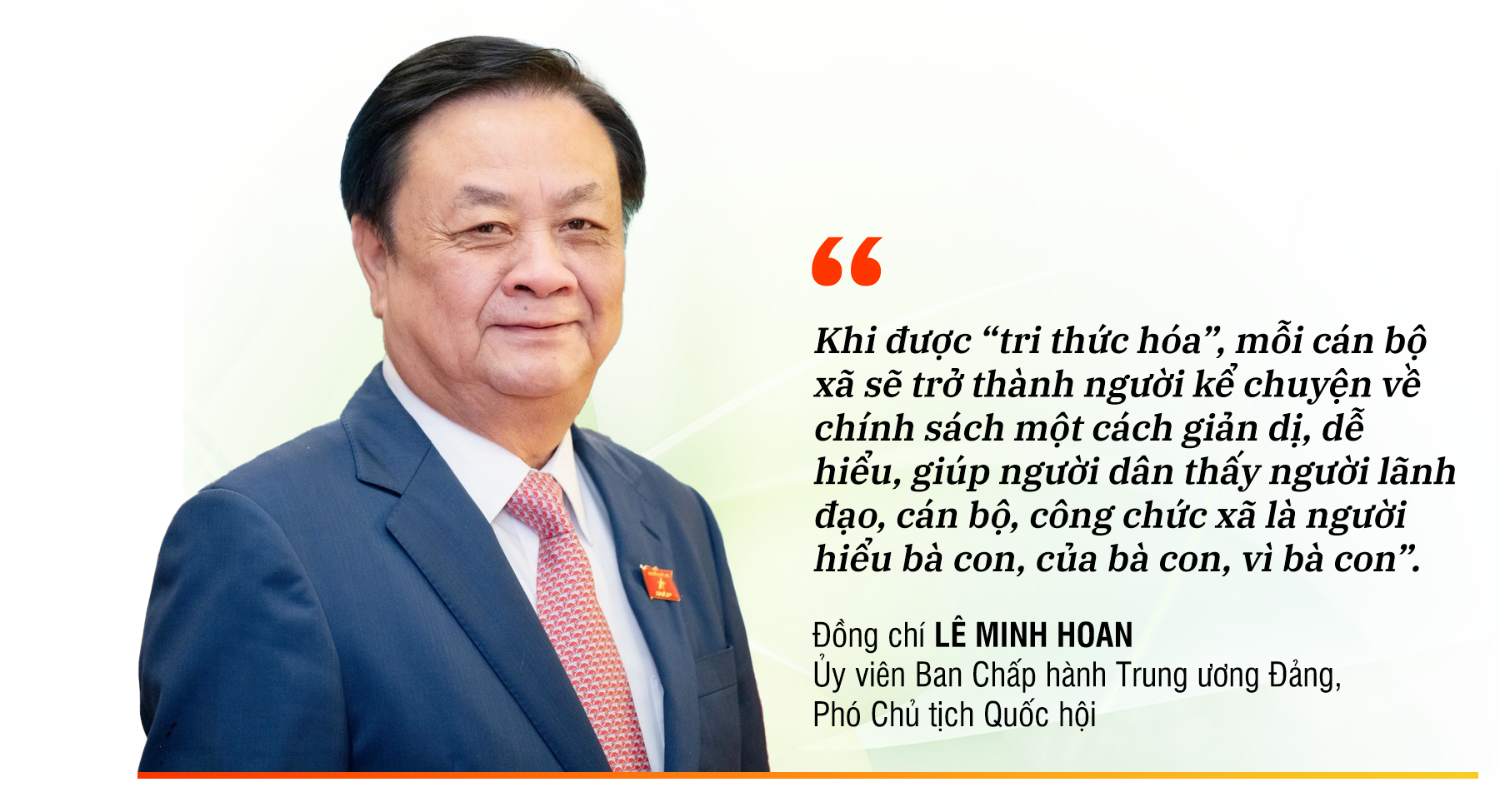
When “intellectualized”, each commune cadre will become a storyteller about policies in a simple, easy-to-understand way, helping people see that the commune leaders, cadres, and civil servants are people who understand the people, of the people, and for the people. Commune cadres are not just people who sign and confirm documents, but are “conductors” who coordinate resources, lead villagers through difficulties, turn local resources and national identity into unique specialties, with stories to tell for each product. That is turning challenges into opportunities, turning the community into a support for the commune apparatus.
Each forest like Pu Mat must become a place for community tourism development, and must know how to reasonably and responsibly exploit forest resources such as mushrooms, herbs, and spices to process into OCOP products.
.jpg)
Reporter:Poor infrastructure, especially the Internet, is a major barrier for the State’s policies to reach the people in the highlands. In your opinion, instead of waiting for the infrastructure to be completed, is there any breakthrough solution to overcome this barrier?
Vice Chairman of the National Assembly Le Minh Hoan:Weak infrastructure is a reality in many communes in Western Nghe An. Some communes do not have stable 4G signal, during the rainy season, roads are cut off, children have to walk kilometers to school. But if we only wait for the infrastructure to be completed before starting to work, we will miss the golden time. That is, we "do not wait for the road to be opened before going".
In the communes of Quy Chau district (old), I learned that there were Youth Union officials who made their own clips instructing administrative procedures in Thai language, and broadcast them over the village loudspeakers. In the communes of Con Cuong district (old), some communes organized small training classes right in the village cultural house, using the officials' phones to guide people to submit their applications online.
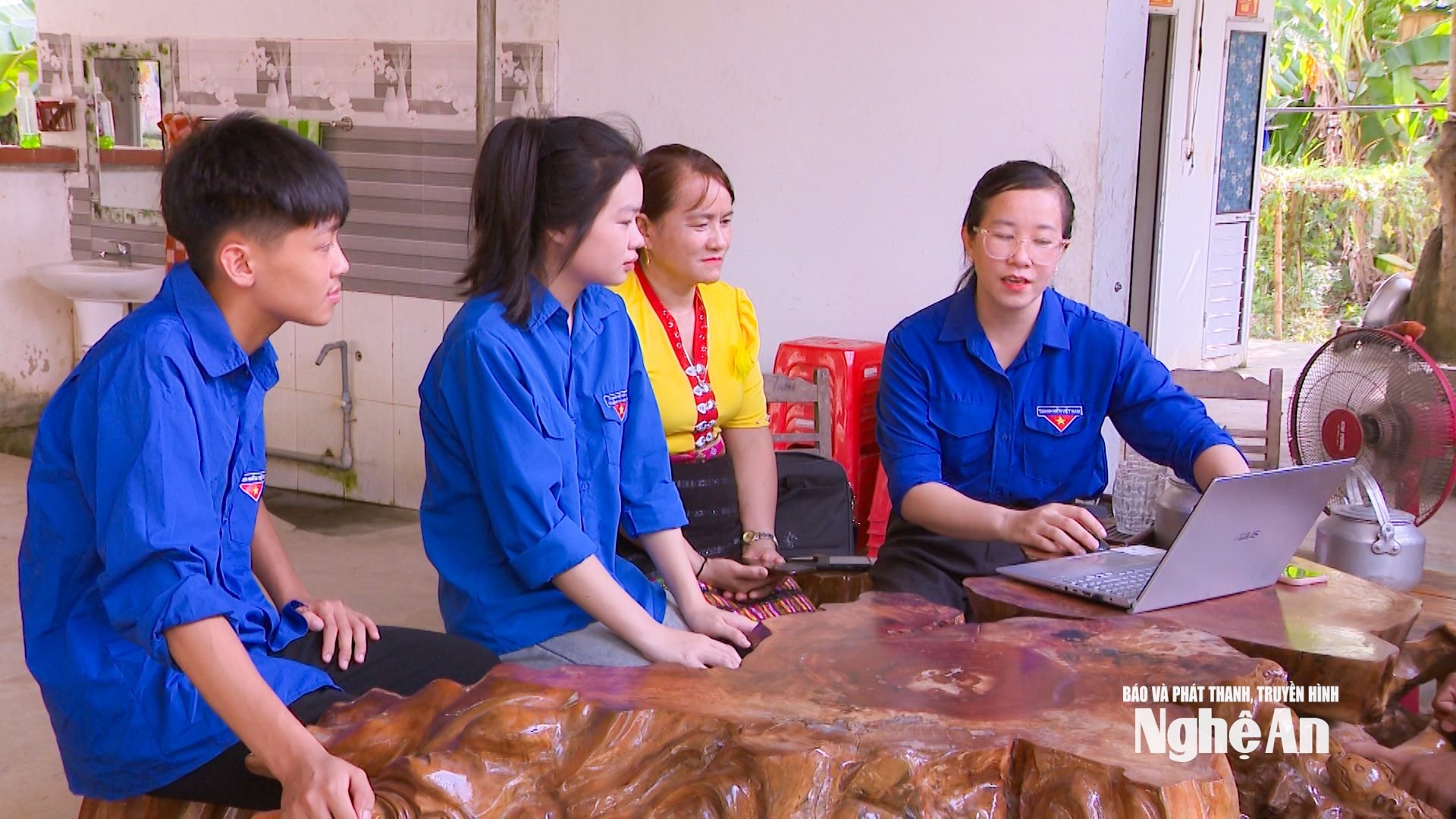
Such “manual” solutions are temporary bridges. We can expand the “Community Technology Team” model, can bring in mobile broadcasting stations during the peak season for paperwork, can organize mobile digital library vehicles to each village. Just like in the past we built bamboo bridges for children to go to school, today we build “digital bridges” to bring people closer to e-government.
Reporter:In the context of accelerating digital transformation, what do you think about the story of an illiterate and illiterate ethnic minority woman who had to complete digital administrative procedures? Are we applying a rigid policy to these special subjects?
Vice Chairman of the National Assembly Le Minh Hoan:Imagine an old Hmong man in Huoi Tu commune, illiterate and not knowing Mandarin, having to declare himself online, he would certainly be confused. If the policy is not flexible, the disadvantaged will be left behind.
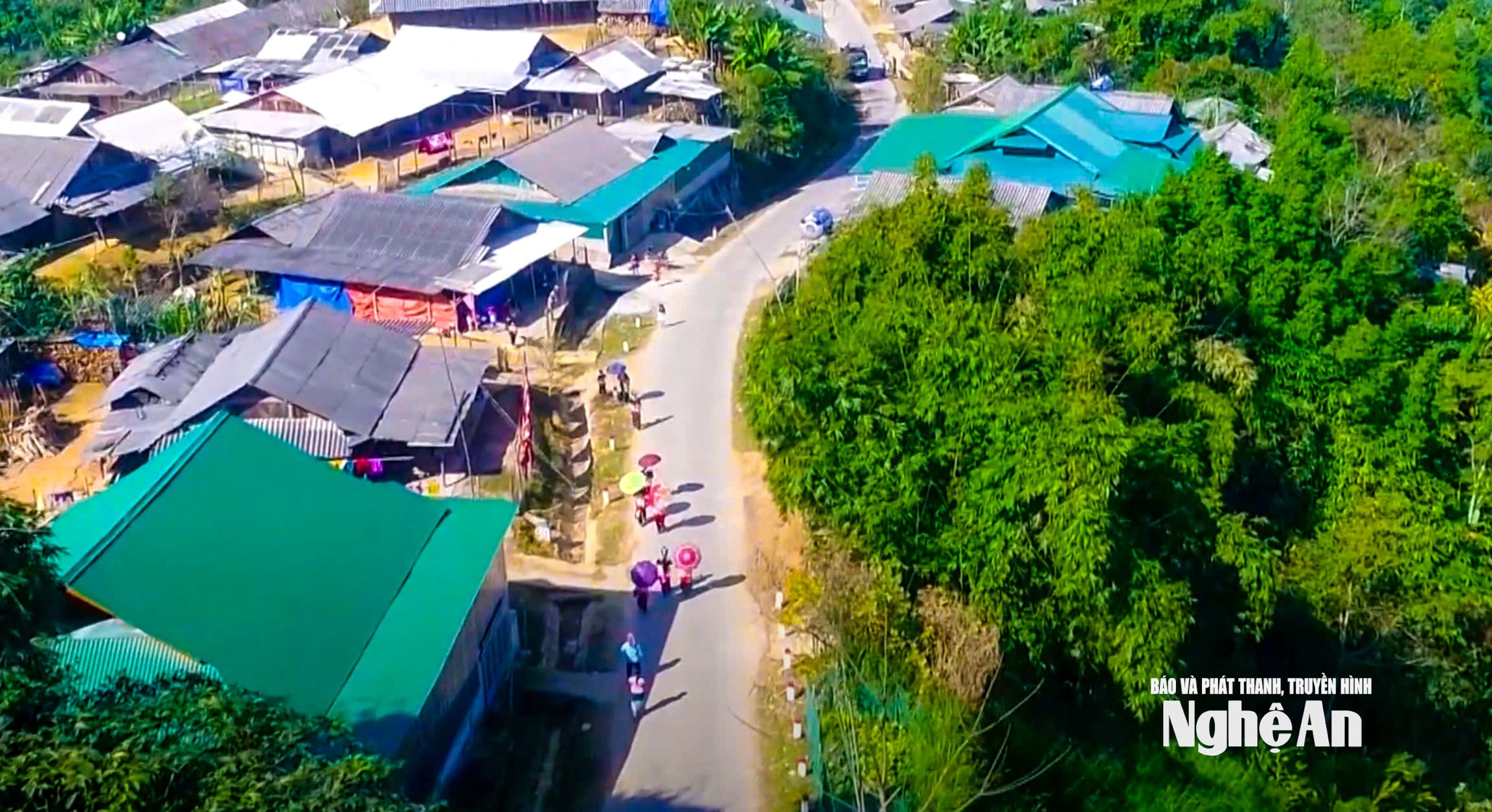
Digital transformation is an inevitable trend, but it must put people at the center. We need to maintain both forms, direct and online, for a period of time, and at the same time, send cadres, organizations, and even youth volunteers to "hold hands and show us how to do things". Digital transformation is not to "show off digital achievements", but to serve people better, faster, and more conveniently.
Reporter:To create a driving force for sustainable development in the Western region of Nghe An, how can the government transform from the role of "resource provider" to "inspirer" and "connector"?
Vice Chairman of the National Assembly Le Minh Hoan:In the communes of Anh Son district (old), I know that there are villages that mobilize people to contribute to open roads to the fields, without waiting for State funding. In the communes of Tuong Duong district (old), teachers coordinate with the Border Guard to teach Mandarin to ethnic minority children so that they do not drop out of school. In the communes of Que Phong district (old), there are villages that preserve forests well, and are given forest environmental service fees, from which they set up scholarship funds for their children.
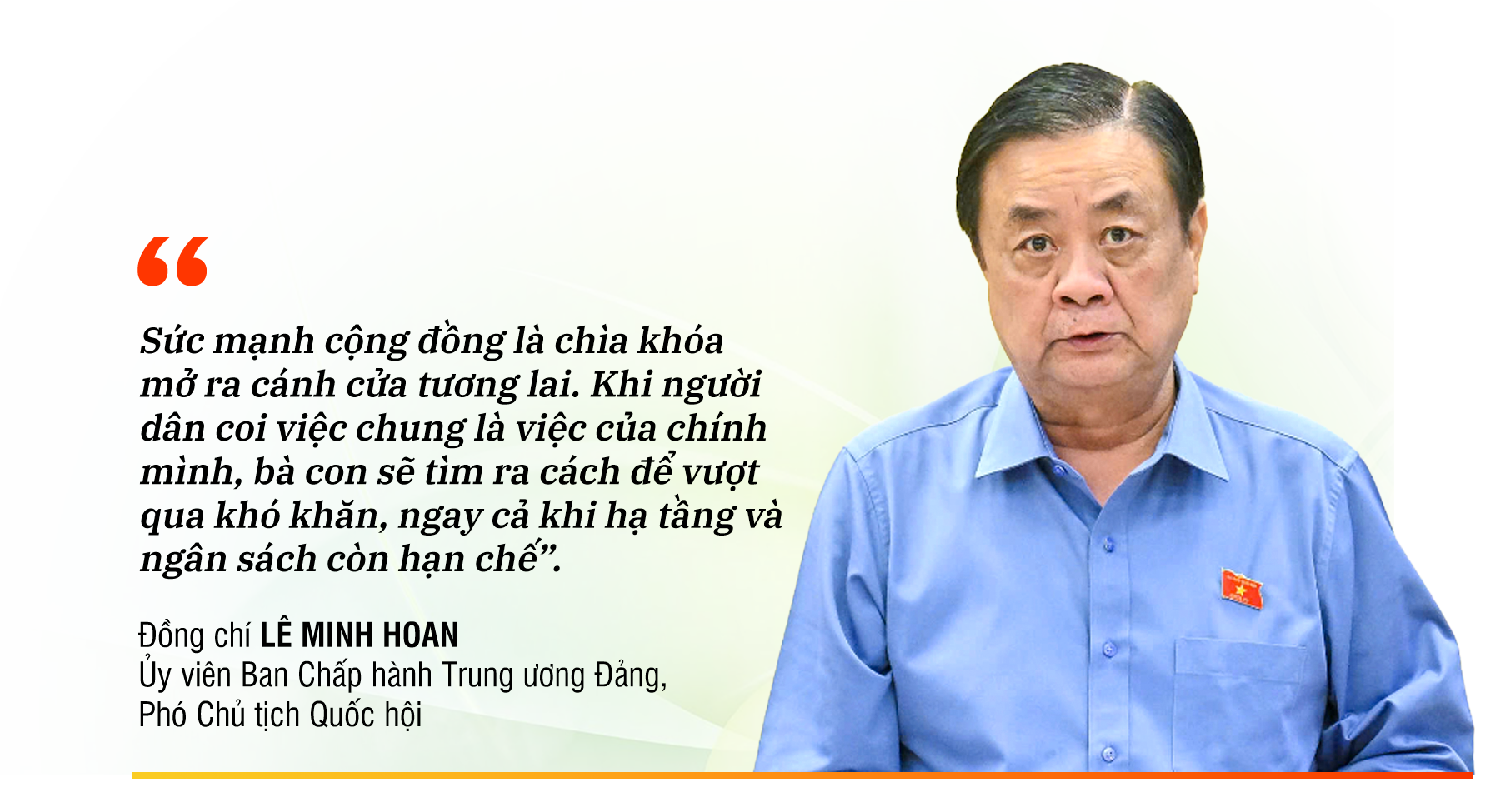
These models demonstrate that community strength is the key to unlocking the future. When people see the common good as their own, they will find ways to overcome difficulties, even when infrastructure and budget are limited. ABCD thinking (local development based on community assets) is the most important philosophy in local governance.
Reporter:If you had to choose the most important "knot" to remove in order to change the appearance of remote communes, which "knot" would you choose: People, infrastructure or policy?
Vice Chairman of the National Assembly Le Minh Hoan:I would choose people. Infrastructure can be built gradually, policies can be adjusted, but if people do not change, everything will remain stagnant. Of course, within budgetary conditions, it is possible to support additional special regimes as allowed by the National Assembly Resolution on special mechanisms for Nghe An.
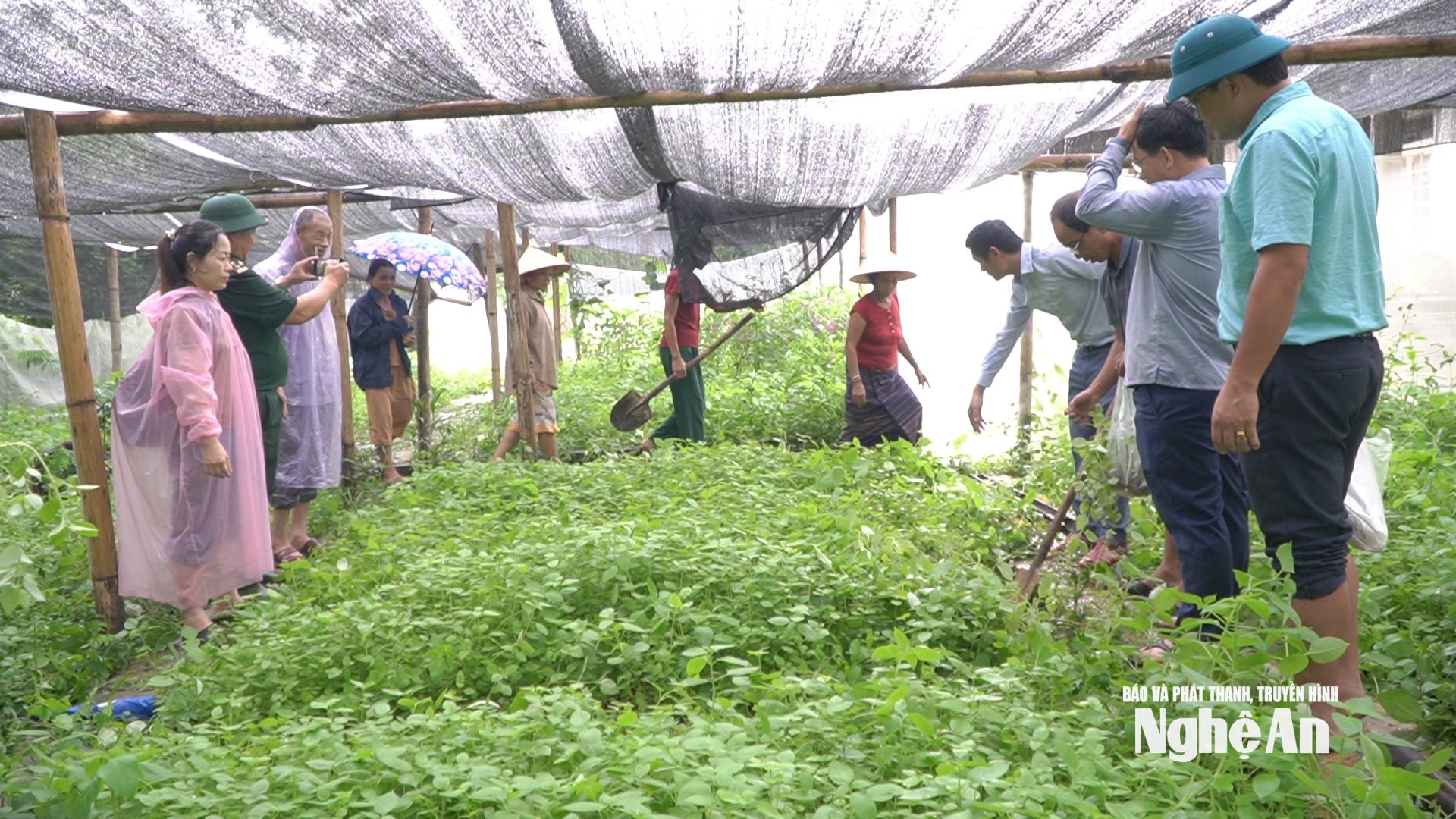
The people here are both the cadres and the people, and first of all the management team. When the commune cadres are capable and have aspirations, when the people trust the cadres and work together with them, everything will move. A commune without concrete roads can still change if there is a village elder who knows how to encourage people to cooperate with each other, a commune cadre who knows how to connect projects, a teacher who knows how to sow dreams in students.
Western Nghe An still faces many difficulties, but it is also a place with great potential. Each commune and each village only needs a “fire”, a dedicated cadre, a group of young people to initiate, an exemplary village elder, to light up hope.
Let’s not let geographical distance become a development gap. When we put people at the center, when we personalize management knowledge, when policies reach each person, the new rural picture of Western Nghe An will shine with fresh and sustainable colors.
Reporter: Thank you very much, comrade!
.jpg)

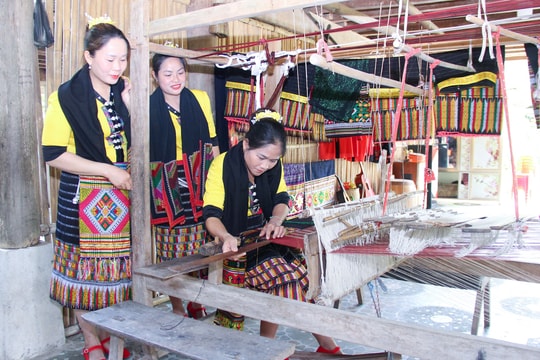
.jpg)

